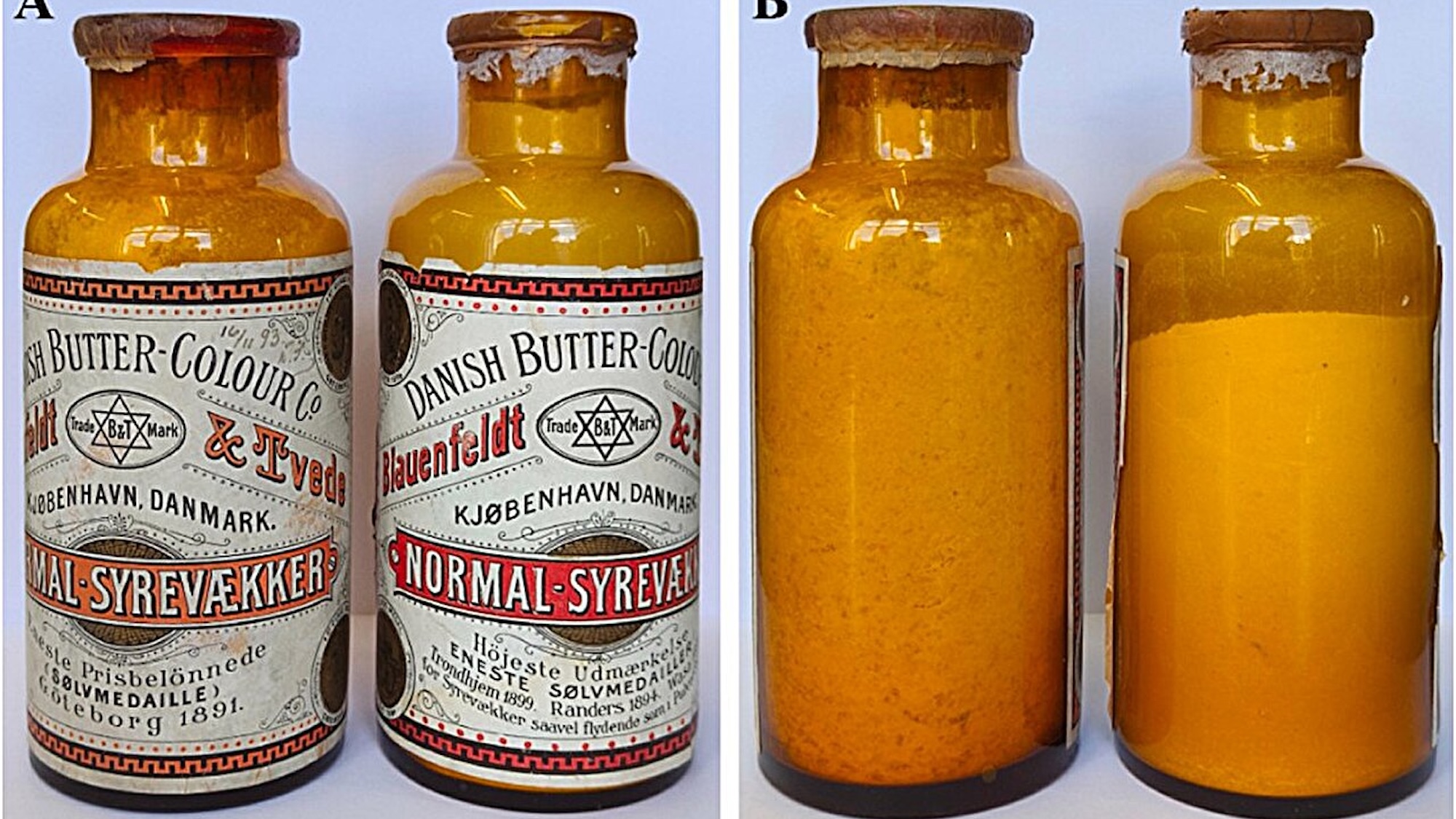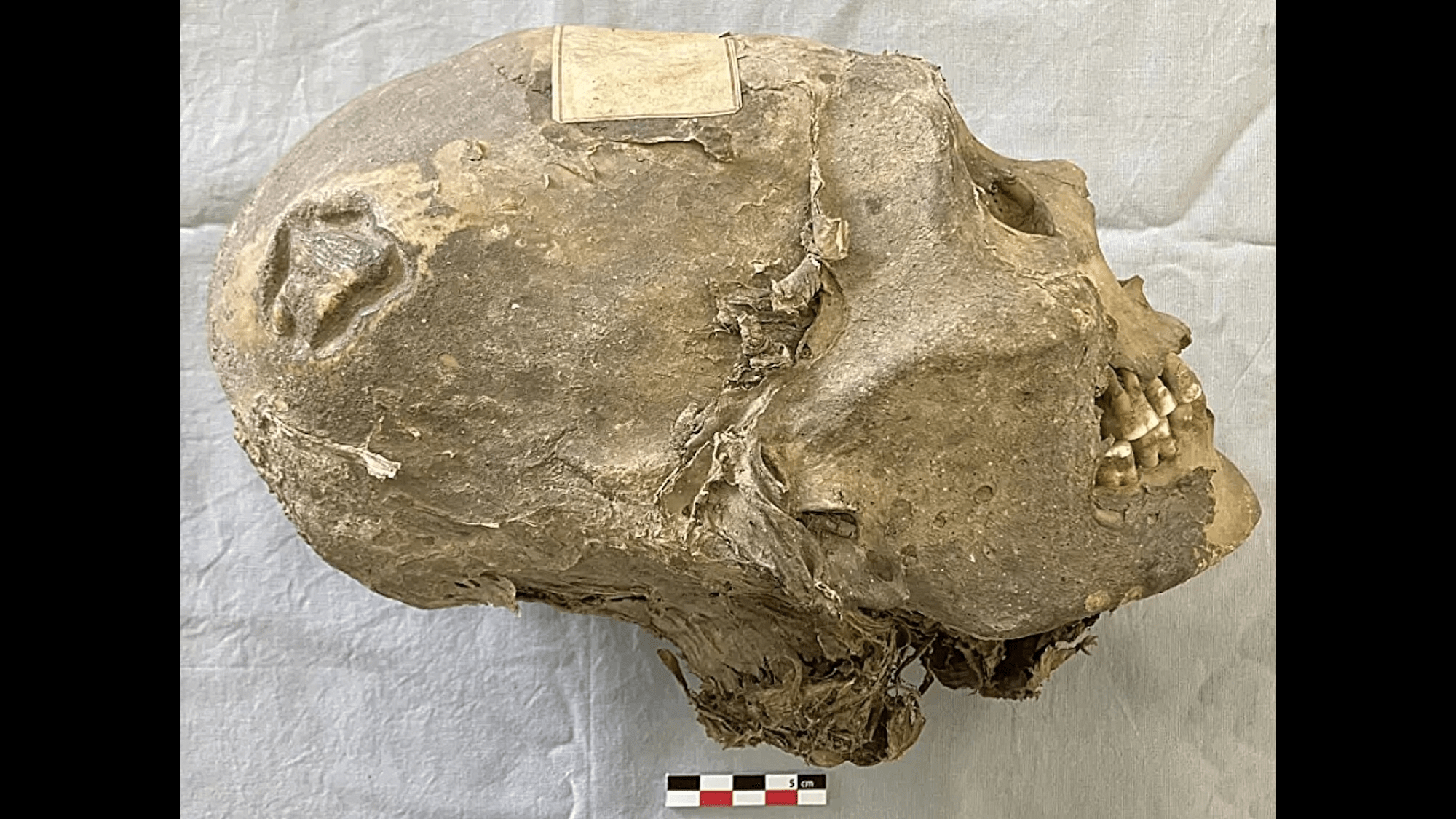Now Reading: 130-Year-Old Butter Bacteria Unearthed in Danish Basement
-
01
130-Year-Old Butter Bacteria Unearthed in Danish Basement
130-Year-Old Butter Bacteria Unearthed in Danish Basement

Fast Summary
- Researchers in Denmark discovered century-old bottles containing lactic acid bacteria in a university basement. The bottles date back to the late 1800s.
- DNA sequencing confirmed the bacteria matched Lactococcus cremoris, still used today to acidify milk and produce diactyl, a compound linked to buttery aromas.
- Analysis also revealed other microorganisms, including acne-causing Cutibacterium acnes and pathogenic bacteria like Staphylococcus aureus and Vibrio furnissii.
- The revelation highlights early food preservation techniques in danish dairy production at an industrial scale following pasteurization.
- Study co-authors noted the dual significance of this find: advancements in microbiological knowledge juxtaposed against historical hygiene standards that differ from modern practices.
Indian Opinion Analysis
The discovery not only sheds light on early food safety innovations but underscores how scientific approaches have evolved globally over time-including techniques adopted by Indian dairy industries today. India’s reliance on lactic acid bacteria for its fermented products such as curd mirrors Denmark’s pioneering efforts from over a century ago, emphasizing shared traditions in dairy processing across cultures. On the flip side, findings about pathogens highlight ongoing challenges around hygiene and contamination-a lesson relevant for India’s push toward safer food storage methods amid growing industrialization of its dairy sector.Read More

























